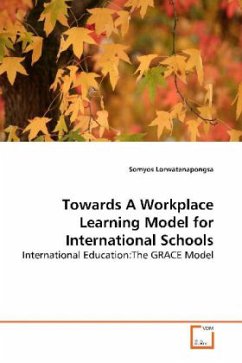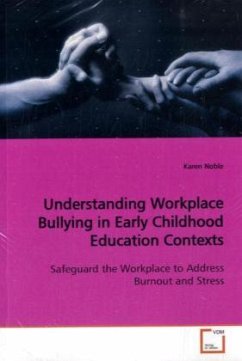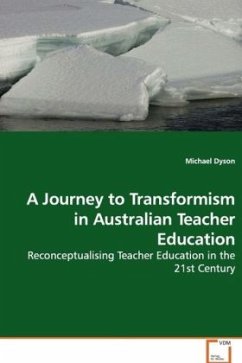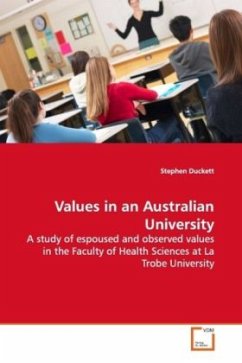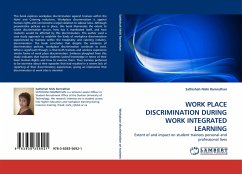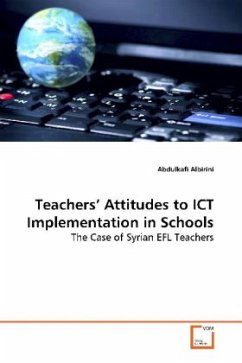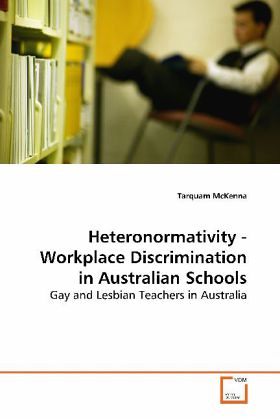
Heteronormativity - Workplace Discrimination in Australian Schools
Gay and Lesbian Teachers in Australia
Versandkostenfrei!
Versandfertig in 6-10 Tagen
52,99 €
inkl. MwSt.

PAYBACK Punkte
26 °P sammeln!
This book provides stories of how Lesbian and Gayteachers in Australia employed adaptive rituals ofconformity and nonconformity within their schools.This study set in Western Australia, depended onthese teachers telling their own story aroundhomophobic distancing and their repression. Throughprivate interviews and collaboration with theco-participants the book sets out to makes sense ofthe ''performances'' lesbian and gay teachers chose toenact in the educational culture in Western Australiaaround the time of Gay Law Reform in 2002. Thestories of their everyday experience of as teacherspresent...
This book provides stories of how Lesbian and Gay
teachers in Australia employed adaptive rituals of
conformity and nonconformity within their schools.
This study set in Western Australia, depended on
these teachers telling their own story around
homophobic distancing and their repression. Through
private interviews and collaboration with the
co-participants the book sets out to makes sense of
the ''performances'' lesbian and gay teachers chose to
enact in the educational culture in Western Australia
around the time of Gay Law Reform in 2002. The
stories of their everyday experience of as teachers
present layers of gestured meanings, symbolic
processes, cultural codes and contested sexuality and
gender ideologies. This book also demonstrates that
there are real social practices in schools that
assist in the recognition and construction of
sexuality and gender identity. The very different
stories of Lesbian and Gay teachers reveal various
interpretive strategies of how one can belonging in a
dominant homophobic culture. The book furthers our
understanding of the contemporary identity formation
issues of a hitherto invisible and silenced group of
educators.
teachers in Australia employed adaptive rituals of
conformity and nonconformity within their schools.
This study set in Western Australia, depended on
these teachers telling their own story around
homophobic distancing and their repression. Through
private interviews and collaboration with the
co-participants the book sets out to makes sense of
the ''performances'' lesbian and gay teachers chose to
enact in the educational culture in Western Australia
around the time of Gay Law Reform in 2002. The
stories of their everyday experience of as teachers
present layers of gestured meanings, symbolic
processes, cultural codes and contested sexuality and
gender ideologies. This book also demonstrates that
there are real social practices in schools that
assist in the recognition and construction of
sexuality and gender identity. The very different
stories of Lesbian and Gay teachers reveal various
interpretive strategies of how one can belonging in a
dominant homophobic culture. The book furthers our
understanding of the contemporary identity formation
issues of a hitherto invisible and silenced group of
educators.



